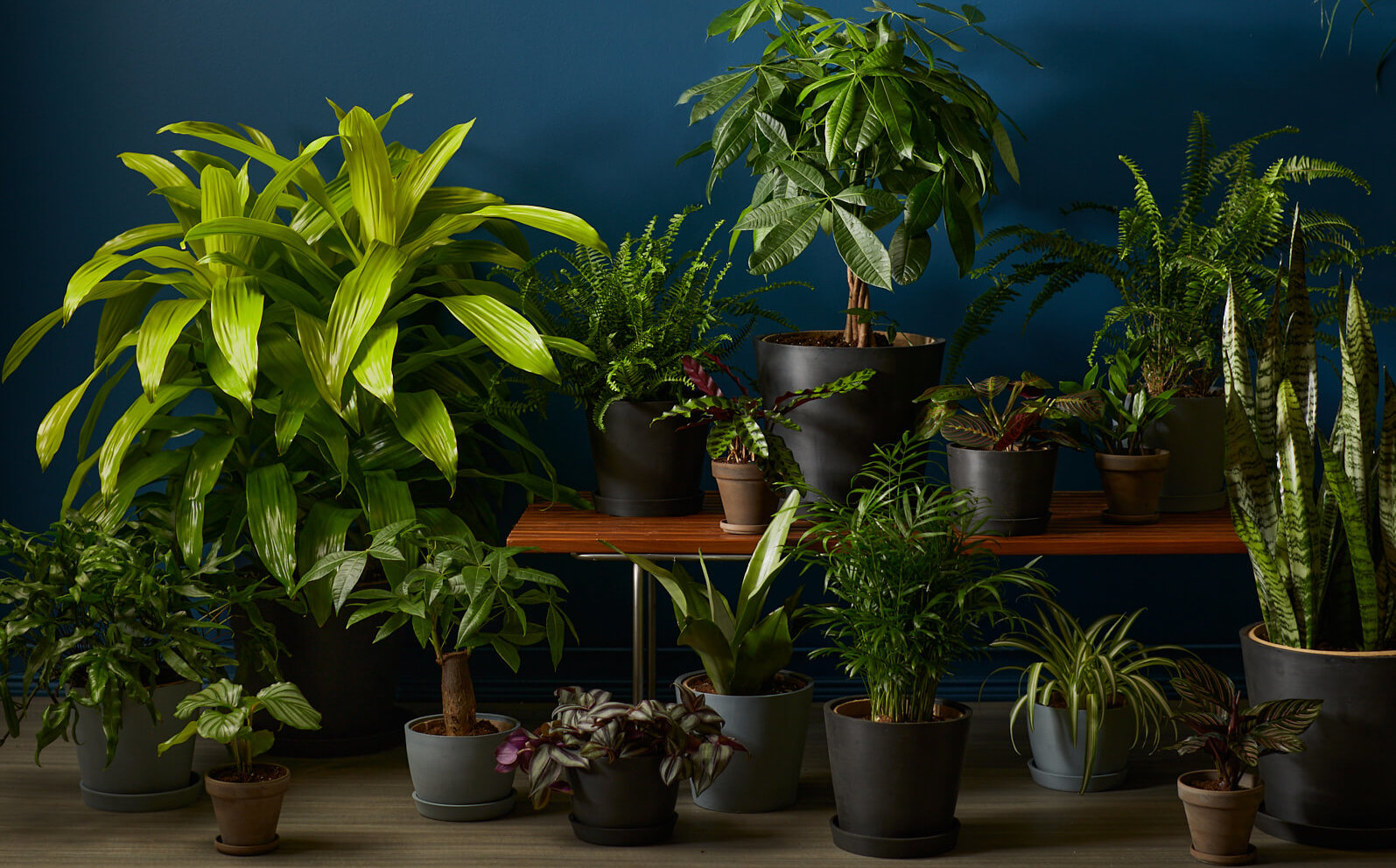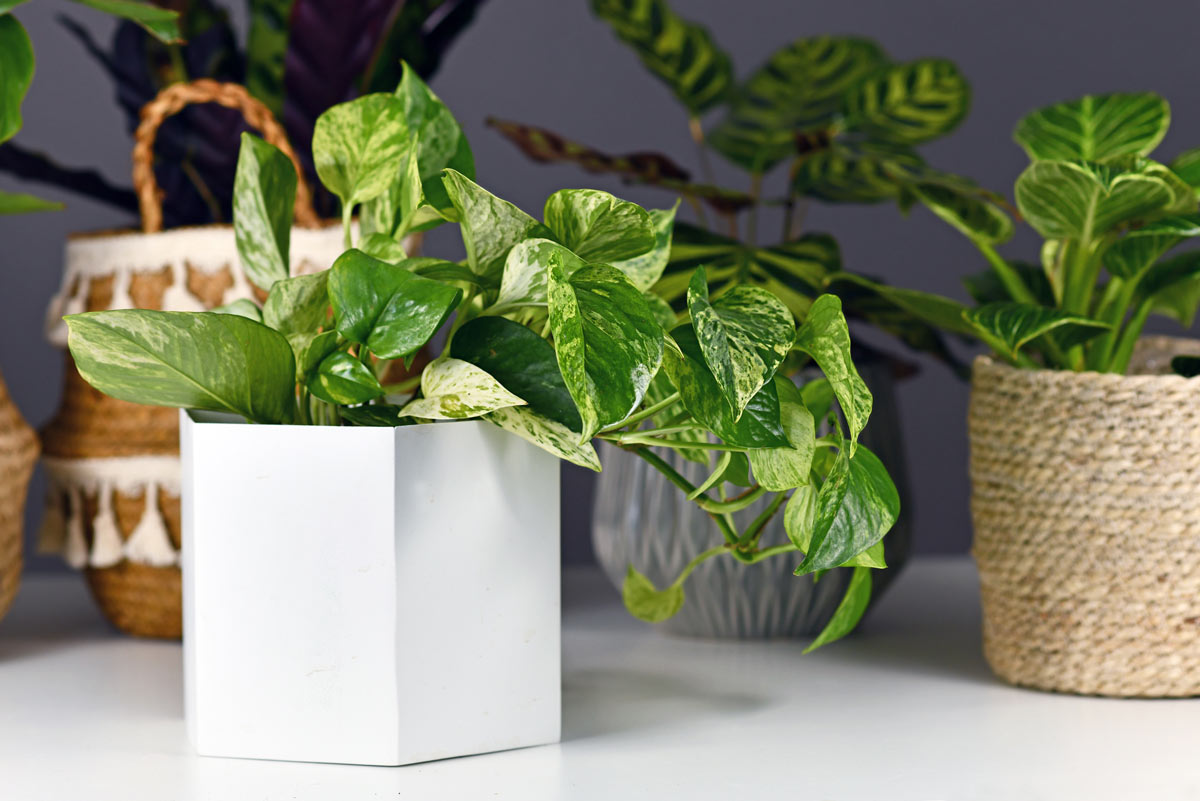The Best Low-Light Indoor Plants You Can Grow Without Natural Light
Uncover the Secrets of Low-Light Indoor Plants and How They Boost Your Environment
Low-light indoor plants have actually gathered enhancing attention for their special capability to boost both visual charm and ecological quality within homes and offices. These resistant varieties, including the Snake Plant and Peace Lily, not just flourish in tough illumination problems yet also play an essential function in air purification and emotional health. Recognizing the particular benefits and care demands of these plants can considerably influence your living area. As we check out the ins and outs of their advantages, you may find insights that might change your environments in unanticipated methods.
Benefits of Low-Light Indoor Plants
Although many individuals think that indoor plants require plentiful sunlight to thrive, low-light indoor plants supply a wide variety of advantages that make them perfect for numerous environments. Among the key advantages is their flexibility; they can grow precede with restricted natural light, such as workplaces, basements, or areas with small home windows. This feature enables people to enhance their surroundings with greenery, contributing to enhanced aesthetics without the demand for considerable lighting adjustments.
Furthermore, low-light interior plants can substantially improve indoor air high quality by launching and filtering system dangerous toxins oxygen, making living rooms healthier. The visibility of plants has actually been connected to higher feelings of peace and focus.
Furthermore, low-light plants usually need much less upkeep than their sun-loving equivalents, making them excellent for hectic individuals or those brand-new to horticulture. Their resilience allows them to flourish with marginal intervention, therefore offering a rewarding experience for plant lovers and beginners alike. In recap, low-light interior plants offer both practical and visual functions, making them useful enhancements to any kind of room.
Leading Low-Light Plant Selections
Low-light indoor plants come in a range of types, each offering distinct characteristics and benefits matched for dim atmospheres. Among one of the most popular ranges is the Snake Plant (Sansevieria), recognized for its air-purifying capabilities and building leaves. This resistant plant flourishes on forget and can tolerate a large range of light problems.
One more superb choice is the ZZ Plant (Zamioculcas zamiifolia), which features shiny, dark environment-friendly leaves and is highly drought-tolerant. Its flexibility makes it a favored for workplaces and homes with restricted sunlight.
The Pothos (Epipremnum aureum) is additionally a leading challenger, with its trailing vines and heart-shaped fallen leaves - Best low-light indoor plants. This functional plant can be trained to climb or cascade, adding visual rate of interest to any kind of room

Care Tips for Low-Light Plants
Caring for low-light interior plants calls for a nuanced understanding of their particular needs to ensure optimum growth and vitality. Initially, it is important to choose the best potting mix, as a well-draining dirt is critical to stop root rot. A blend made for houseplants, frequently having peat moss and perlite, works well for most low-light ranges.
Watering is another essential aspect of care. Low-light plants generally need less frequent watering compared to their sun-loving equivalents.
Fertilization needs to be approached with caution. During the growing period, a diluted fluid fertilizer can be applied monthly, yet in cold weather, many low-light plants get in inactivity and require little to no fertilization.
Last but not least, it is necessary to occasionally cleanse the fallen leaves to eliminate dirt, permitting far better light absorption. By adhering to these treatment suggestions, you can cultivate a growing environment for your low-light go to website interior plants, improving both their look and durability.
Enhancing Air Quality With Plants
Indoor plants play a considerable function in boosting air top quality within homes and workplace rooms. Through the procedure of photosynthesis, these plants absorb carbon dioxide and launch oxygen, adding to a healthier ambience. Additionally, particular low-light interior plants have the capacity to filter dangerous toxins, such as trichloroethylene, benzene, and formaldehyde, which are commonly discovered in indoor settings.

Moreover, the existence of interior plants can enhance moisture degrees, which aids ease completely dry skin and respiratory problems, additionally improving total well-being. This ability to boost air top quality not just promotes physical health yet also supports psychological wellness.
Integrating low-light indoor plants into your living and functioning spaces can cause an extra stimulating and vibrant atmosphere (Best low-light indoor plants). Investing in these natural air cleansers is an easy yet reliable technique for improving interior air quality and fostering a much healthier way of life
Producing a Serene Indoor Room
The assimilation of plants right into living areas not only improves air top quality however also adds to a peaceful environment. Low-light indoor plants, such as serpent plants and pothos, are specifically efficient in creating a tranquil environment, as they prosper in conditions that might or else be unwelcoming for other greenery. Their lush vegetation supplies a soothing aesthetic, reducing tension and advertising leisure.
Integrating these plants right into your office or home can evoke a feeling of tranquility and wellness. Purposefully placing them in areas where you spend considerable time, such as living spaces or workspaces, enables for an immersive experience with nature, which has actually find out here been shown to enhance mood and cognitive feature.
Additionally, the mild activity of fallen leaves in action to air movement can produce a vibrant visual component that enhances the her latest blog overall atmosphere. Take into consideration using a selection of plant elevations and textures to include deepness and interest to your room. With thoughtful positioning and treatment, low-light indoor plants can change any kind of location into a calm shelter, promoting not only aesthetic fulfillment yet psychological and additionally psychological health.

Final Thought
Including low-light interior plants into various settings yields considerable benefits, including enhanced air quality and boosted aesthetic charm. These durable varieties not just thrive in minimal light but likewise contribute to a relaxing environment, promoting emotional and emotional wellness. By selecting suitable selections and implementing correct care techniques, individuals can efficiently cultivate a tranquil indoor area that fosters health and performance. The transformative power of low-light plants highlights their value in boosting both property and work-related settings.
Although lots of individuals assume that interior plants require bountiful sunshine to thrive, low-light interior plants supply a multitude of benefits that make them ideal for various atmospheres.Furthermore, low-light interior plants can substantially improve indoor air top quality by filtering system harmful toxins and releasing oxygen, making living rooms healthier. Additionally, particular low-light interior plants have the ability to filter unsafe pollutants, such as benzene, formaldehyde, and trichloroethylene, which are typically discovered in indoor environments.
Low-light indoor plants, such as serpent plants and pothos, are specifically efficient in developing a peaceful environment, as they prosper in conditions that might or else be unwelcoming for other greenery.Incorporating low-light interior plants right into various atmospheres yields substantial benefits, including enhanced air top quality and boosted visual allure.